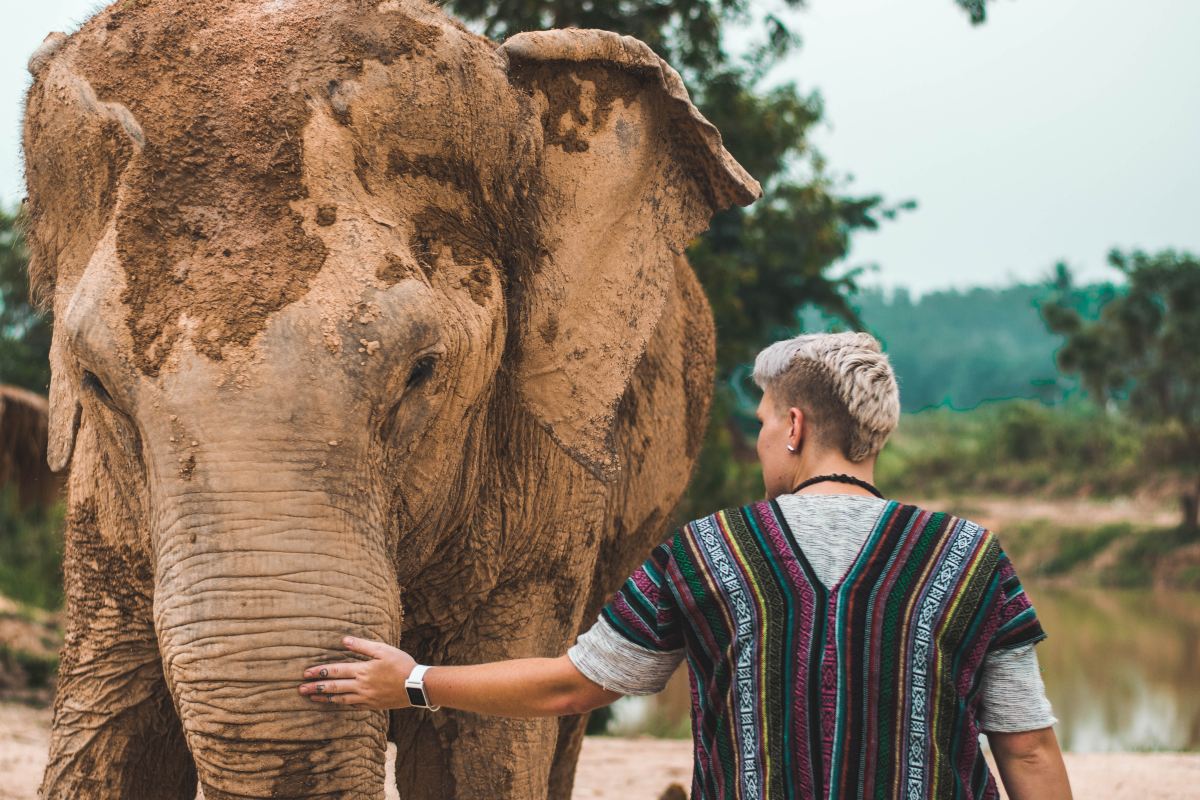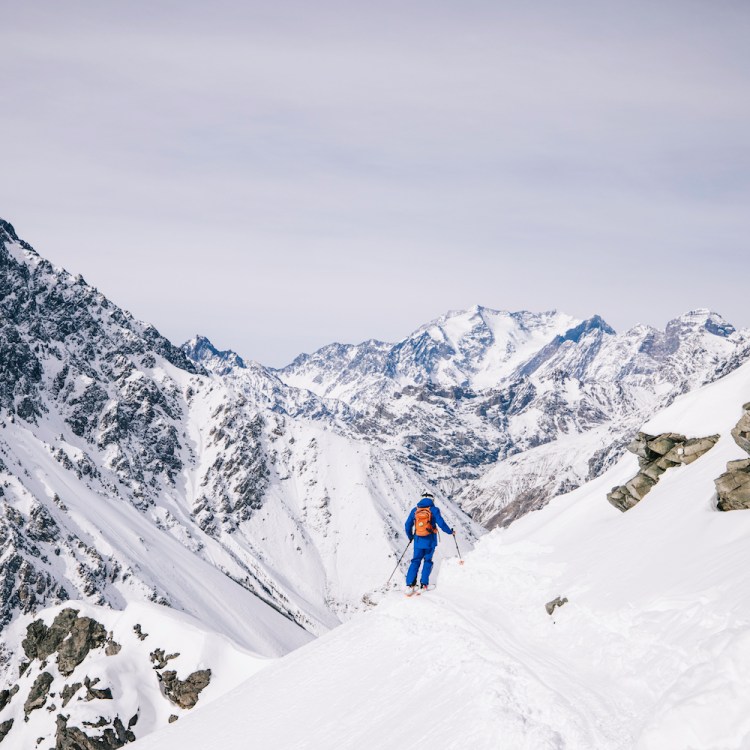Anyone who’s seen an episode of Planet Earth knows two things to be true: 1) We are not worthy of Sir David Attenborough, and 2) Animals are really effing cool. So cool, in fact, that many of us will at some point spend inordinate amounts of time and money to see them up close and personal.
What some people don’t realize, though, is that it takes Planet Earth literal months to collect single shots of footage. Since the average traveler doesn’t have that kind of time, the first step of walking away from an expedition happy is understanding that nature is unpredictable and you never know what experience you’ll end up having.
Unfortunately, not every traveler is able to get on board with that stipulation. The image-driven world of social media has put immense pressure on tour operators to help guests get the perfect shot each and every time, which often leads them to using sketchy, harmful practices on animals. In fact, the World Animal Protection believes at least 550,000 wild animals are suffering in unethical tourist attractions globally, and that 110 million people still visit those attractions each year.
The best way to avoid finding yourself in a morally compromising situation is to do diligent research before booking. A reliable rule of thumb is to check what kind of interactions the company allows its participants to have: Are you being encouraged to handle the animals and take photos with them? Are they performing tricks for you at the command of a trainer? The sad truth is that those animals are most likely being treated unfairly, and our recommendation is to steer clear.
The good news is that there are still ample opportunities to see (and sometimes even interact with) animals in the wild without exploiting them. From swimming with whale sharks off the coast of Quintana Roo to gliding through the air with gibbons in Laos, we’ve put together a list of some of the most badass animal adventures around the world — none of which will make you feel guilty when you get back to your hotel room.
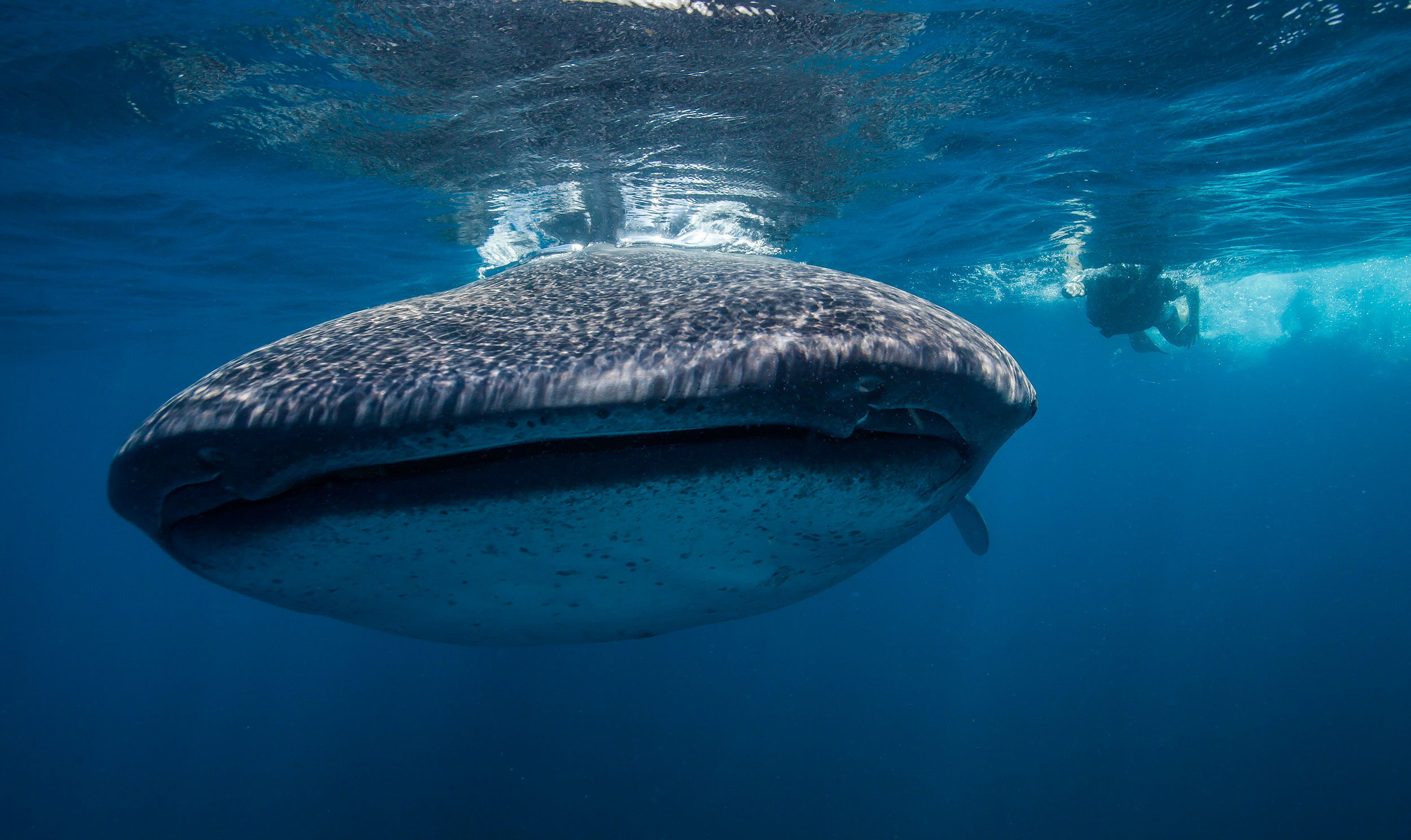
Swimming with Whale Sharks in Mexico
The gentle giants of the sea, whale sharks are both the largest fish and the largest shark in the ocean, weighing in at a whopping average of nine tons and measuring up to 40 feet in length. That may seem pretty intimidating, but don’t fear — they feed mainly on plankton, and pose no real threat to humans.
Relatively little is known about the whale shark; scientists didn’t even know how they mated until less than half a year ago. But they’ve attracted more attention since the IUCN listed them as endangered due to destructive human activities such as fishing and oil and gas drilling.
Whale sharks prefer the warm, temperate waters near tropical destinations from Indonesia to Belize, but the largest number of them end up in the waters of Mexico’s Quintana Roo state from May to September, where they can show up in numbers that reach an estimated 800.
It’s not hard to find a company in areas like Cancun and Isla Holbox to take you out on the water, but the main thing to consider is finding a company known for responsible practices — both for your own safety and the safety of the sharks. Asking your hotel’s concierge for recommendations is a fairly safe bet: higher-end properties like the Marriott Cancun have partnerships with tour companies, ensuring a seamless and responsible experience.
Make sure to ask the company you choose a few questions while booking to establish an idea of their credibility. If they allow the entire boat full of people to jump in at the same time, that’s no bueno. If they participate in chumming the water (bringing buckets of food to attract the whale sharks), don’t choose that company. If they say it’s okay to touch or “ride” the whale sharks, then they really don’t know what they’re doing. Besides being harmful and aggravating to the shark, their bodies are covered in hard, tooth-like scales called denticles, which can cause cuts and rashes to form on your hands if you make skin-to-skin contact.
Responsible companies like Maritour will send participants into the water in batches of just two at a time, allowing each participant to get up close and personal with the whale shark and swim alongside it for up to five minutes.
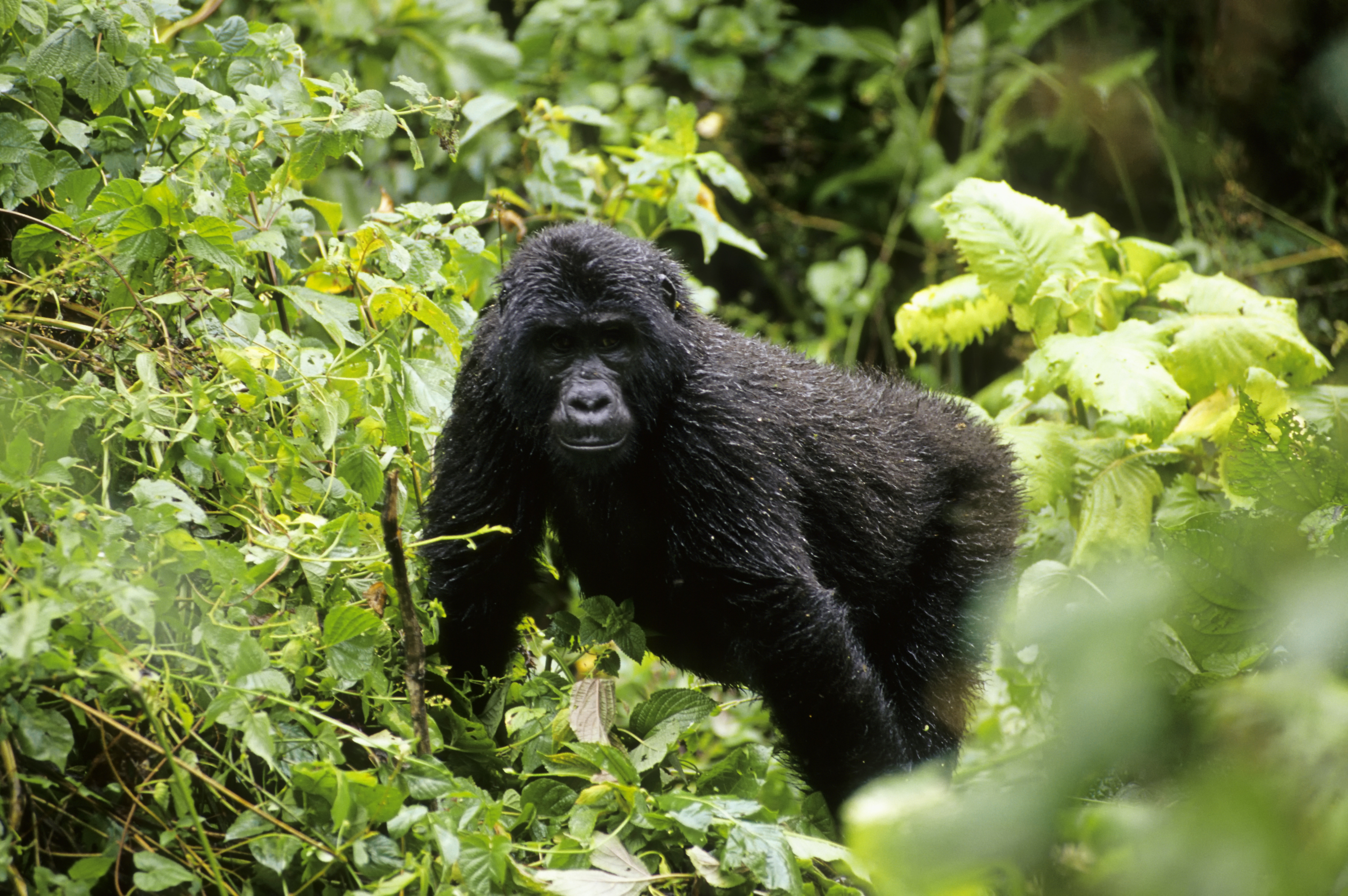
Gorilla Trekking in Uganda
If you’re up for a true adventure and are OK with getting a little dirty in the process, a trek in pursuit of seeing one of the last remaining mountain gorillas in the world would certainly be one for the books. At this point, Mountain Gorillas can be found in the Virunga Mountains in the Democratic Republic of the Congo (DRC), Rwanda, and Uganda, but it’s Uganda that holds 60% of the total mountain gorillas left in the world. About 400 of them reside in Bwindi Impenetrable National Park, a designated UNESCO World Heritage Site.
Finding an experienced local guide is critical for a journey like this, since you’ll be bushwhacking through some of the most remote jungle on Earth, possibly for the entire day. Once the gorillas are located you’ll have time to observe, take photos and ask questions. Beware any companies that might allow you to get too close to them, as they’re highly susceptible to human disease and can get violent if they feel threatened. No tour company should allow you to eat or drink around the gorillas for the same reasons.
If you do choose Uganda for your gorilla trekking journey, keep in mind that the country has two significant dry seasons: June to September and December through February. The remaining months make up the vaunted wet season. Though you’re able to trek all year long, attempting it during the dry months is recommended for many reasons — flash floods, rained-out trails, etc.
There’s a high demand for gorilla permits, so try to get yours as early as possible. It’s advised to obtain them no less than six months in advance of your trip time, especially during high season. The cost for non-residents is $600, and you can secure one through a reliable ground tour operator in Uganda or through the reservation office at the Uganda Wildlife Authority (UWA).
Note: Plan on visiting with the kids? Keep in mind that travelers must be 15 years or older to obtain a gorilla permit, but most tour operators offer kid-friendly activities for them to participate in while you’re on the trek.
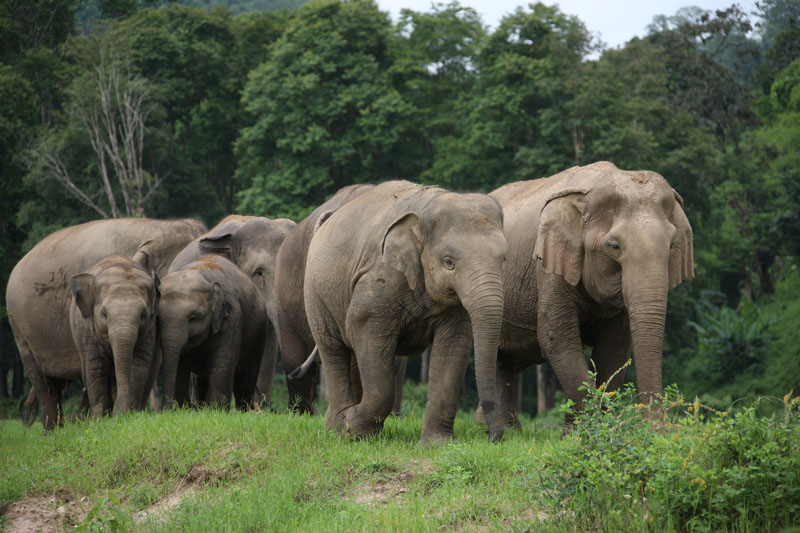
Interacting with Elephants in Thailand
Animal tourism in Thailand has come under fire in recent years for irresponsible practices involving the abuse of elephants at so-called “sanctuaries” and the sedation of tigers for selfie purposes at the now-shuttered Tiger Temple. In a country fraught with questionable animal practices, it’s more important now than ever to be vigilant when it comes to choosing where your tourist dollars go.
Some things to look for? You’ll want to find a sanctuary that gives its elephants room to roam, not one that keeps them in a tiny stall while they aren’t interacting with guests. Another important aspect is the elephant’s interaction time — the sanctuary should be giving the animals time to rest rather than having them constantly perform or give endless rounds of rides. A bona fide sanctuary will also prohibit guests from riding the elephants — while it’s technically legal in Thailand, riding bans have been imposed by some Western travel agencies.
Some camps have found clever workarounds for these bans, and it can be tough to tell from a quick Google search or guidebook which camps are actually using responsible practices. A safe bet is to book with a sanctuary vetted by the Captive Elephant Welfare Initiative, in which certified camps are required to submit to detailed, regular inspections on the elephants’ diet and medical care as well as the training and salaries for mahouts (their caretakers).

Ziplining with Gibbons in Laos
Ziplining is a rush no matter where you do it. Now imagine ziplining from one of the world’s highest treehouses as wild gibbons swing from branch to branch nearby. The Gibbon Experience in Laos is designed to facilitate exactly that, a tourism-based conservation project that launched in the 1990s in response to illegal logging in what is now Nam Kan National Park.
Here, treehouses are perched over 100 feet in the air, directly overlooking the forest canopy. Visitors get to pick between three different experiences, all of which involve both trekking as well as navigating their 15-kilometer network of ziplines.
The project first started when founder Jef Reumaux spotted a black-crested gibbon, endemic to the area (meaning it can only be found there) and critically endangered. Covering 136,000 hectares of mixed deciduous forest, the preserve now employs more than 120 full-time staff — all of whom are Lao citizens and many who are also locals to the area.
Exploring the area via zipline can save you major walking time and has a minimal impact on the environment, unlike other methods that are common to find in jungle-based tourism such as riding ATVs, which can lead to accelerated erosion, sediment pollution, harm to trees and other plants, and can also frighten animals away from their habitats.
This article appeared in an InsideHook newsletter. Sign up for free to get more on travel, wellness, style, drinking, and culture.
